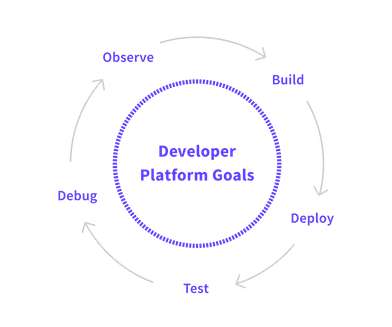DZone Repost: Testing Serverless Functions
OpenCredo
FEBRUARY 11, 2022
In a microservices (or even nanoservices, as serverless functions are sometimes known) architecture, there are inherently lots of components, modules, and services that form part of an application or platform. This can make testing a chore, and sometimes a neglected part of the SDLC for these platforms. Cost of Change.
















Let's personalize your content